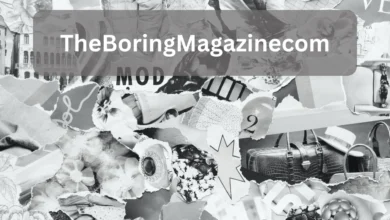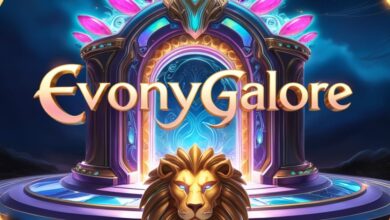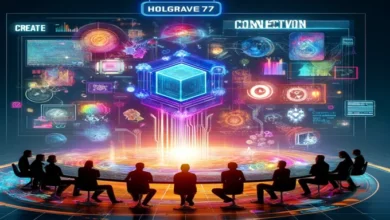Clipart:ee-zgj_h1oc= brain – A Creative and Fun Way to Visualize the Mind
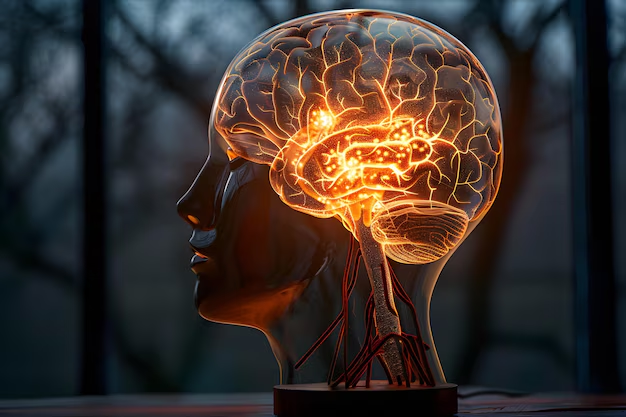
The human Clipart:ee-zgj_h1oc= brain is one of the most complex organs, and understanding its functions can be challenging. One way to make learning about the brain easier and more enjoyable is through Clipart:ee-zgj_h1oc= brain visuals. Clipart images, specifically of the brain, are often used in educational, professional, and creative settings to make the topic of the brain more accessible and visually engaging. In this article, we’ll explore what Clipart:ee-zgj_h1oc= brain is, its uses, how to find and create clipart, and why it’s valuable as a tool for learning and creative projects.
What is Clipart= Brain?
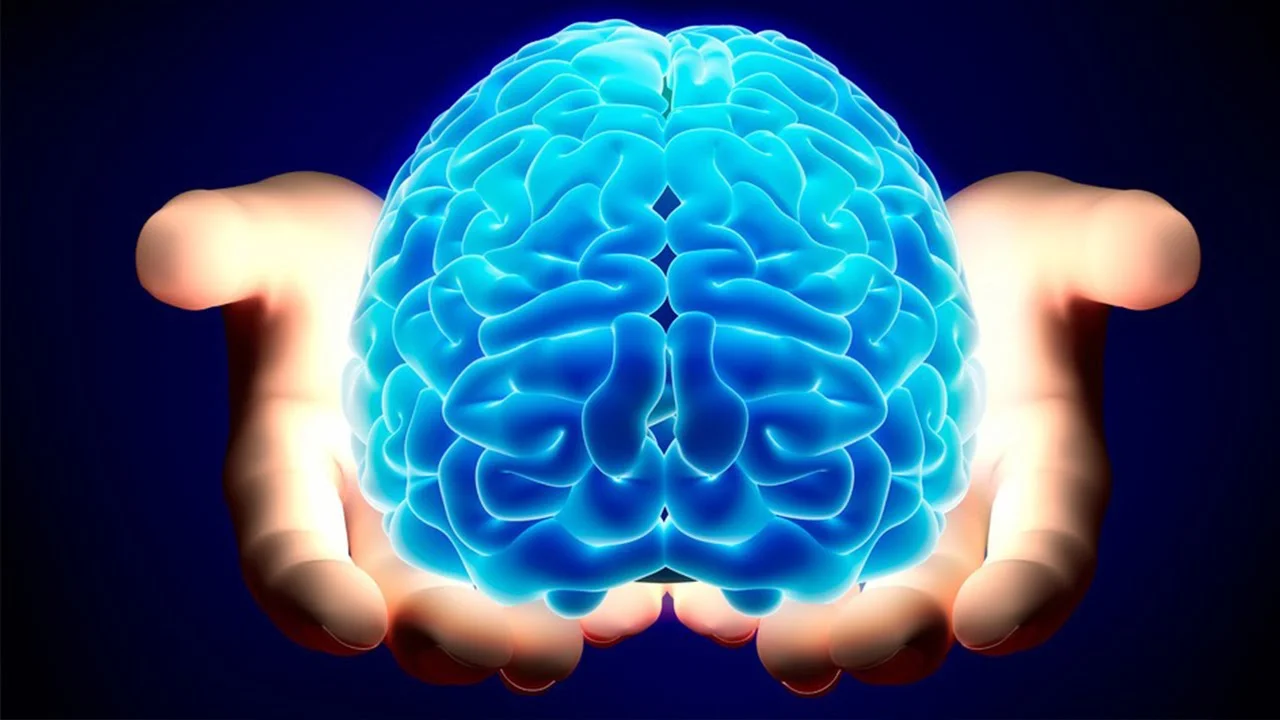
Simply put, Clipart:ee-zgj_h1oc= brain refers to digital or printable brain illustrations designed in a stylized, often simplified form. These clipart images can vary widely in style, from realistic depictions of the brain’s complex structure to cartoonish or abstract designs. Clipart is used to represent different concepts associated with the brain, such as thought processes, emotions, intelligence, and even mental health.
Why Use Clipart:ee-zgj_h1oc= brain in Education and Design?
Clipart is not only visually appealing but also simplifies complex concepts, making it ideal for:
- Educational Tools: Visual aids, like clipart, are powerful tools for teachers, especially when explaining complex topics like neuroscience or psychology. Clipart
- = brain can help students visualize and understand various brain functions.
- Professional Presentations: Clipart is often used in professional settings to illustrate ideas related to cognitive functions, mental health, and more, adding clarity and interest to presentations.
- Creative Projects: Designers use brain clipart to enhance infographics, posters, and digital content, making information more engaging and accessible.
Key Types of Clipart:ee-zgj_h1oc= brain
Clipart= brain can come in a variety of styles, each serving a unique purpose. Here are a few common types:
- Realistic Brain Clipart
Realistic brain clipart tries to mirror the actual anatomy of the brain with details of the cerebrum, cerebellum, and brainstem. These types of clipart are most useful in academic or medical settings.
- Simplified Brain Icon
These icons reduce the brain’s design to a few key shapes and lines, making them easy to recognize. Simplified icons are perfect for logos, branding, or where a quick, clean representation of the brain is needed.
- Cartoon Brain Clipart
Cartoon clipart adds a fun and playful twist, often showing a brain with expressive eyes, a smile, or even muscles. These are great for children’s educational materials, illustrating concepts in a friendly and approachable way.
- Abstract Brain Design
Abstract clipart= brain includes artistic representations that emphasize patterns, colors, and shapes rather than anatomical accuracy. Abstract designs work well in creative projects where the focus is more on ideas or emotions rather than technical details.
How to Find Quality Clipart= Brain
With so many options out there, finding the right brain clipart may seem overwhelming. Here are some reliable sources to help you find high-quality clipart:
SourceDescriptionCost
Freepik A wide range of free and paid clipart images Free & Paid
Canva An easy-to-use design tool with clipart collections Free & Paid
Pixabay Free, high-resolution images including brain clipart Free
Shutterstock A premium service offering professional-quality clipart Paid
OpenClipart Community-driven, public domain clipart Free
Each of these platforms provides a variety of clipart styles and licenses, from free public-domain images to high-quality, professional graphics. Be sure to check the usage rights and download options for each site.
How to Use Clipart= Brain in Different Projects
The versatility of clipart
= brain images makes them suitable for a broad range of applications. Here’s how you can incorporate them into various projects:
Educational Materials
Teachers and students alike can benefit from using clipart to learn about the brain. Clipart images can be included in:
- Science Worksheets: Add brain clipart to illustrate topics on brain anatomy or functions.
- PowerPoint Presentations: Use brain images as a visual aid in classroom presentations.
- Study Guides: Simplify complex information with labeled clipart, helping students visualize the brain’s structure.
Digital Content Creation
In the digital space, brain clipart can improve engagement. Examples include:
- Social Media Posts: Clipart adds visual appeal to posts about psychology, health, or productivity.
- Blog Articles: Brain-themed clipart can enhance posts about mental wellness, memory improvement, or cognitive skills.
- Infographics: Break down data into easier-to-understand visuals, like showing parts of the brain or their functions.
Health and Wellness Campaigns
Brain clipart can play a powerful role in campaigns to promote mental health, as it is an easily recognizable symbol of thoughts, emotions, and mental health awareness.
Creative Designs and Branding
In creative projects, designers often use brain clipart in branding, logos, and marketing materials to convey intelligence, creativity, and problem-solving themes.
Designing Your Clipart= Brain
Creating custom clipart might be just the thing if you’re looking for a unique style. With the help of digital tools, designing clipart is accessible even to beginners. Here’s a quick overview of how to create your own brain clipart:
- Choose a Design Tool: Start with a user-friendly graphic design tool like Canva, Adobe Illustrator, or Inkscape.
- Sketch the Basic Shape: Outline the general shape of a brain. You can keep it realistic or abstract, depending on your preference.
- Add Details: Use simple lines and shapes to create the folds and sections of the brain. Consider using contrasting colors or adding textures.
- Experiment with Styles: Play around with colors, patterns, and effects to create a unique and recognizable brain design.
- Save and Export: Once satisfied, save the image in a common format (like PNG or SVG) for easy use across digital or print projects.
Advantages of Using Clipart= Brain
Clipart brings a host of benefits to the table, making it a favorite choice for many professionals. Here’s a list of advantages of using clipart
= brain:
- Visual Engagement: Clipart enhances visual interest, making complex topics like the brain more approachable.
- Easy to Understand: Simplified brain illustrations help learners of all ages grasp difficult concepts.
- Customizable: Brain clipart can easily be modified to fit different color schemes, styles, or themes.
- Affordable: Clipart is often free or low-cost, making it accessible to individuals and organizations alike.
- Professional Look: High-quality clipart adds a polished touch to presentations, educational materials, and marketing projects.
Clipart= Brain vs. Traditional Brain Diagrams
Brain clipart can be a great alternative to traditional, detailed diagrams, especially in less formal settings. Here’s a quick comparison:
FeatureClipart= BrainTraditional Brain Diagram
Visual Style Simplified, creative Detailed, anatomical
Ease of Understanding High, suitable for all ages Medium, requires background knowledge
Best for Creative, educational projects Medical, academic use
Customization Easy to modify Limited
Engagement Level High, especially for younger audiences Moderate to low
Clipart= brain is often the best choice for educational or creative projects, while traditional diagrams are more suitable for academic or medical use where detail is essential.
Popular Themes and Trends in Brain Clipart
As digital content evolves, so do design trends. Here are some popular themes you’ll notice in clipart= brain:
- Minimalist Design: Simple lines and shapes that are easy to understand at a glance.
- Colorful Abstractions: Using vibrant colors to symbolize different brain functions or emotions.
- 3D Effect: Adding shadows or gradients for a more dimensional look.
- Icons with Emotions: Brain clipart featuring faces, emotions, or expressions, making it relatable and fun.
- Pixel Art: This style gives clipart a retro, playful appearance, popular in tech and gaming contexts.
How Clipart= Brain Enhances Mental Health Awareness
Mental health is a critical area where clipart= brain is highly effective. Visual aids like these help promote discussions around mental health and make complex concepts accessible to a wide audience. Clipart can:
- Raise Awareness: Simple brain images can symbolize mental health topics in a way that feels friendly and non-intimidating.
- Encourage Dialogue: Colorful, creative visuals open up discussions on sensitive topics, encouraging more people to seek information or support.
- Provide Educational Resources: Brain clipart used in infographics and resources can educate people on the importance of mental wellness and cognitive health.
Finding the Right Clipart= Brain for Your Needs
Whether you’re creating educational materials, building a presentation, or working on a mental health project, there’s a clipart style that’s perfect for you. Remember to consider the tone of your project—realistic clipart for formal settings or cartoonish images for children’s education. With so many styles and customization options, clipart= brain provides an excellent way to make any project more engaging and informative.
In conclusion, clipart= brain is more than just a collection of fun images. It’s a tool that helps break down complex concepts, makes learning enjoyable, and encourages creativity. Whether you’re a teacher, designer, student, or mental health advocate, brain clipart offers a unique and versatile way to communicate your message effectively. Embrace the creative possibilities, and let clipart= brain add that extra spark to your next project!



